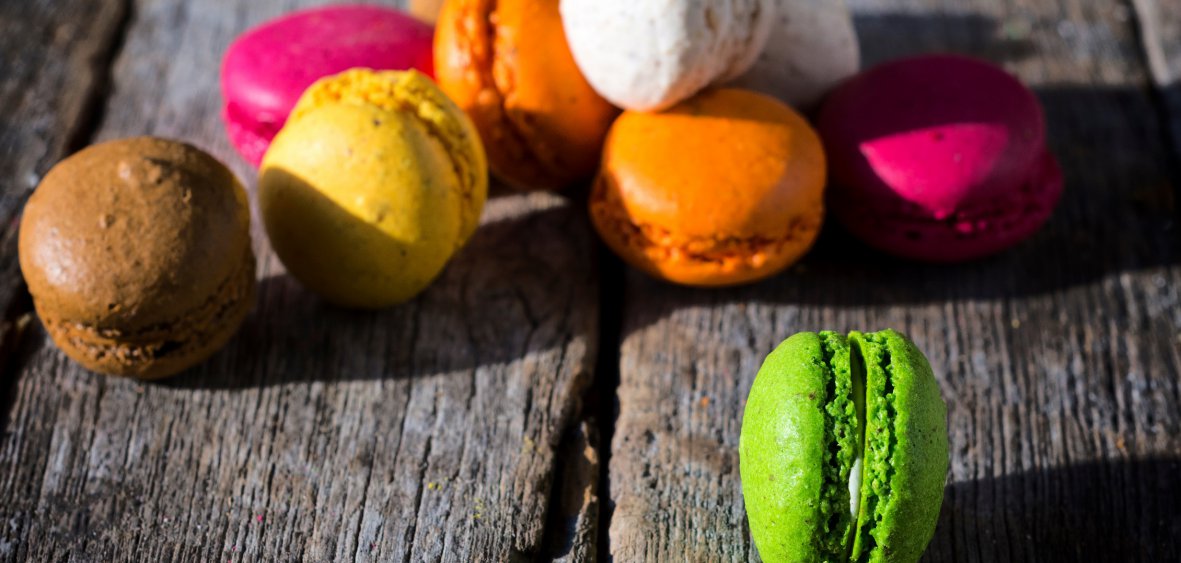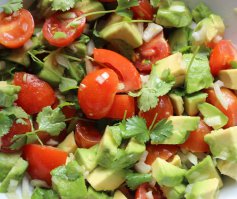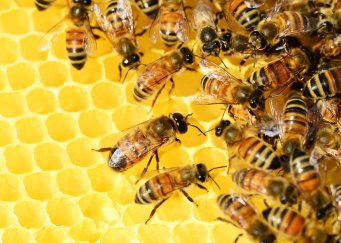 Many people believe that since it has eliminated sugar from the diet, the body is protected against such diseases as diabetes, caries and overweight. Unfortunately, sugar is not only present in bags. We buy it in ready-made dishes, drinks, cold cuts, bread, preserves. Do you know where sugar is lurking?
Many people believe that since it has eliminated sugar from the diet, the body is protected against such diseases as diabetes, caries and overweight. Unfortunately, sugar is not only present in bags. We buy it in ready-made dishes, drinks, cold cuts, bread, preserves. Do you know where sugar is lurking?
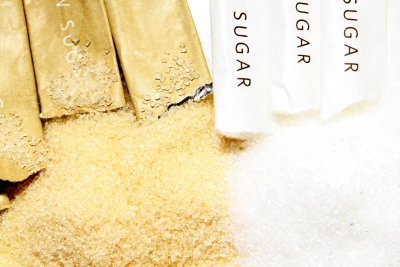 The daily dose of sugar should not exceed 5 teaspoons of tea, i.e. the equivalent of 25 g. In some cases (sporting activities, heavy physical effort) sugar consumption may increase slightly. However, even then, it should not exceed 50 g per day.
The daily dose of sugar should not exceed 5 teaspoons of tea, i.e. the equivalent of 25 g. In some cases (sporting activities, heavy physical effort) sugar consumption may increase slightly. However, even then, it should not exceed 50 g per day.
When you eat a cake, you take an average of 6 teaspoons of sugar, there are as many as 7 of them in a can of popular cola. If we want to significantly reduce the intake of sugar, we have to start looking closely at the products we buy, so that sucrose hides not only in dishes that "have the right" to be sweet (e.g. jams, cakes, sweets), but also in meat, canned food and many others.
According to the research, Poles consume approx. 40 - 50 kg of sugar, of which about half is sugar contained in food products. Therefore, even if we limit the intake of sucrose from the bag to zero, there is about 25 kg of white poison taken with the food.
Where is the sugar hidden?
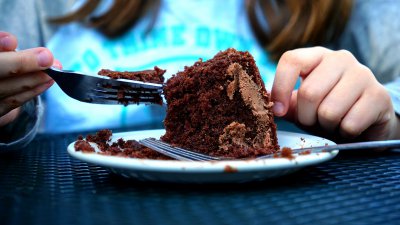 Detection of sugar in foodstuffs requires the analysis of labels. These are often written in small print, uncomfortable to track in the store. In addition, manufacturers do not always use clear definitions of the ingredients of products, often sucrose is hidden in the term 'carbohydrates'.
Detection of sugar in foodstuffs requires the analysis of labels. These are often written in small print, uncomfortable to track in the store. In addition, manufacturers do not always use clear definitions of the ingredients of products, often sucrose is hidden in the term 'carbohydrates'.
It is not necessarily necessary to include sugar in grams on the label, its share in the product may be indicated e.g. as a percentage. If we meet the description of "50% carbohydrates", we may have a misleading impression as to the sugar content of the item we buy.
The top products containing sugar include all sweetened carbonated drinks with a fruit flavour or a popular cola. A litre bottle of this type of beverage contains from 110 g to 120 g of sugar. This is more than 20 teaspoons of sucrose, i.e. empty calories.
When buying fruit juices, make sure that the juices are unsweetened. Often juices contain added sugar, e.g. nectars are prepared from water with juice and sugar. Even worse in this respect is the beverage, which can contain any proportions of juice, water and sugar. Also, juices in their best, pure form are sometimes "enriched" by producers with a portion of sugar. This is acceptable in the European Union, and manufacturers are using this gate to take advantage of the willingness to eat sweet drinks and dishes of our youngest.
Even up to 65% of the composition is sugar in various fruit preserves (jams, jams, marmalades, etc.). Similar quantities are contained in chocolate creams (about 60% of the composition). Sugar can also be found in compotes, canned fruit, dried fruit and candied fruit.
Breakfast delicacies such as muesli, breakfast cereals, chocolate and cereal balls, pillows, etc. are not free of sucrose. Remaining at breakfast, sweetened with sugar is toast bread, rolls, croissants, and even pumpernikiel. You will not defend yourself against it if you eat rice wafers, rusks, sponge cakes, wheat bran.
The preparations sold in pharmacies (various types of syrups and cough candies, supplements) are sweetened.
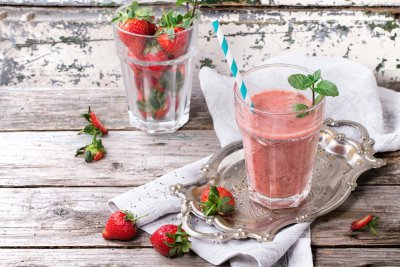 Another group of products containing sugar are milk products, including: fruit yoghurts, homogenized cheeses, buttermilk, coffee cream. Theoretically, milk and milk products should help us to supply the body with calcium, but the sugar content effectively reduces our ability to assimilate this mineral.
Another group of products containing sugar are milk products, including: fruit yoghurts, homogenized cheeses, buttermilk, coffee cream. Theoretically, milk and milk products should help us to supply the body with calcium, but the sugar content effectively reduces our ability to assimilate this mineral.
Products that may surprise us unpleasantly in terms of sugar content are also mashed potatoes, smoked sausages, game pâtés and spices such as: ketchup, mustard, other sauces.
Sugar content of selected products
- pineapple - 12.3%
- banana - 12.3%
- cherries - 11,8%
- apples - 10.3%
- grapes - 15%
- dried dates - 55%.
- dried apples - 42%.
- Raisins - 63.9%.
- raspberry jam - 60.4%
- plum jam - 59,6%.
- low-sweetened jam - 34.6%.
- ordinary jam - 58.9%.
- carrot and apple juice - 5.7%
- cola drink - 10%
- carbonated beverages - 5.9%
- rye flakes - 9,5%
- chocolate muesli - 28.8%.
- fruit muesli - 13.9%
- chocolate cream - 57.9%.
- fruit yoghurt - 2.9%
- yoghurt drink - 7.2%.
- Strawberry dessert - 15,6%
- challah - 9.8%
- herring in tomato sauce - 2.5%
- sauces for salads - 10%
- Milk and fruit ice cream - 14.5%.
- chocolate ginger thins - 40%.
- bitter chocolate - 38.3%
- milk chocolate - 56%
- jellies - 77%
Why limit sugar?
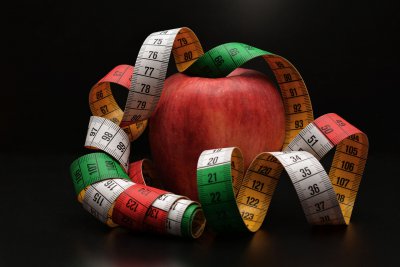 Sugar, whether white or brown, does not provide our body with anything but calories.
Sugar, whether white or brown, does not provide our body with anything but calories.
According to research, consuming 1 teaspoon of sugar over the daily norm, after a year brings the effect of 1 additional kilogram per weight.
Sugar leads to obesity, cardiovascular diseases, diabetes and caries. Sugar solutions irritate the stomach and duodenum, activate the secretion of digestive juices, resulting in increased appetite.
Sugar acidifies the body. This is not only related to the associated effects in the form of reflux, heartburn, inflammation or ulcers. Acidification is also synonymous with joint pain, apathy, lack of energy, hair loss and general weakness of the body.
Sugar digestion increases the demand for minerals, including calcium, phosphorus, magnesium, selenium, chromium and B vitamins. This intensive use of valuable ingredients can cause heart arrhythmia, concentration problems, reduced immunity and depression.

